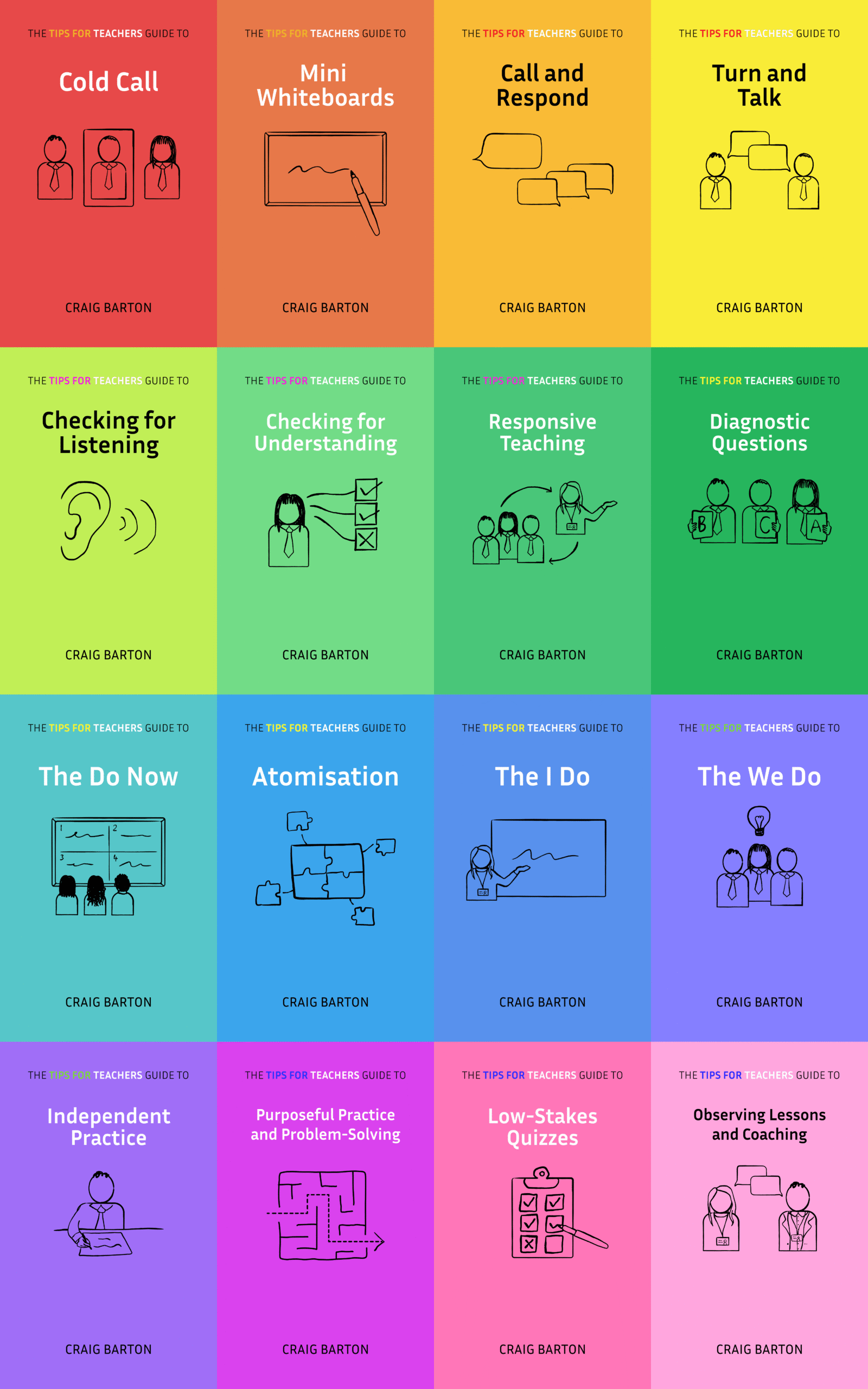Summary
This YouTube transcript features a math teacher advocating for planning teaching sequences instead of individual lessons. She describes creating extensive PowerPoints (70-80 slides) encompassing a unit’s material, including diagnostic questions, activities, and explanations, to support teachers of varying experience levels. The approach prioritizes content coverage and adaptable teaching, allowing for responsiveness to student needs and incorporating elements like retrieval practice as needed. The teacher emphasizes the importance of reflection and iteration to refine the sequence over time, suggesting collaboration with experienced colleagues for novice teachers.
What are the implications for teachers?
Planning sequences, rather than individual lessons, can significantly change how teachers approach their work. This approach can lead to a more effective and responsive learning environment. Here are some of the implications for teachers based on the sources:
- Focus on Learning Goals: Instead of being driven by time constraints, teachers shift their focus to the key concepts, ideas, and practices they want their pupils to master. This means planning units of learning that may extend across multiple class periods, rather than trying to fit everything into a fixed time slot.
- Flexible Lesson Structure: Planning a sequence allows for more flexibility. Teachers can prioritize activities and tasks, and allow them to extend beyond the boundaries of a single lesson. If a task is not finished, it can be continued in the next lesson.
- Comprehensive Resources: Teachers can create a detailed resource, such as a PowerPoint with 70-80 slides for a two-week unit. This can include diagnostic questions, hinge questions, explanations, example problems, and activities. The goal is to provide a variety of materials that can be used or not used depending on the teacher’s and student’s needs.
- Responsive Teaching: A well-planned sequence allows teachers to be more responsive to student needs. By having resources readily available, teachers can adapt instruction based on how well students are understanding the material. For example, if students need more practice with simplifying expressions, teachers can easily access supplementary questions.
- Reflection and Iteration: This approach encourages reflection on the effectiveness of the sequence. By reflecting on what worked and what didn’t, teachers can refine and improve their sequences for future use. This can lead to continuous improvement in their teaching practice.
- Starting Point for Planning: When beginning to plan a sequence, teachers should first consider the overall route they want the learning to take. For example, when planning an algebra unit, a teacher might start by introducing the structure of arithmetic, and then move on to writing expressions, using algebra tiles, substitution, and finally solving equations.
- Adapting to School Routines: Teachers need to integrate school routines, like retrieval starters, into their sequences. They can add relevant questions and activities to the start of the lesson, but this should be reactive to what is happening in the classroom, not planned too far in advance.
- Guidance for Novice Teachers: Novice teachers can begin by planning their first lesson and then adapting their resources as they progress, building towards a longer sequence. They should also reflect on the lessons at the end of the sequence to improve it for the next time they teach the material. More experienced teachers can also serve as mentors for those newer to the practice of sequence planning.
In summary, the shift from lesson-by-lesson planning to sequence planning allows teachers to be more responsive, flexible, and focused on learning goals. It requires teachers to plan more comprehensively and reflect more intentionally on their teaching practices.









